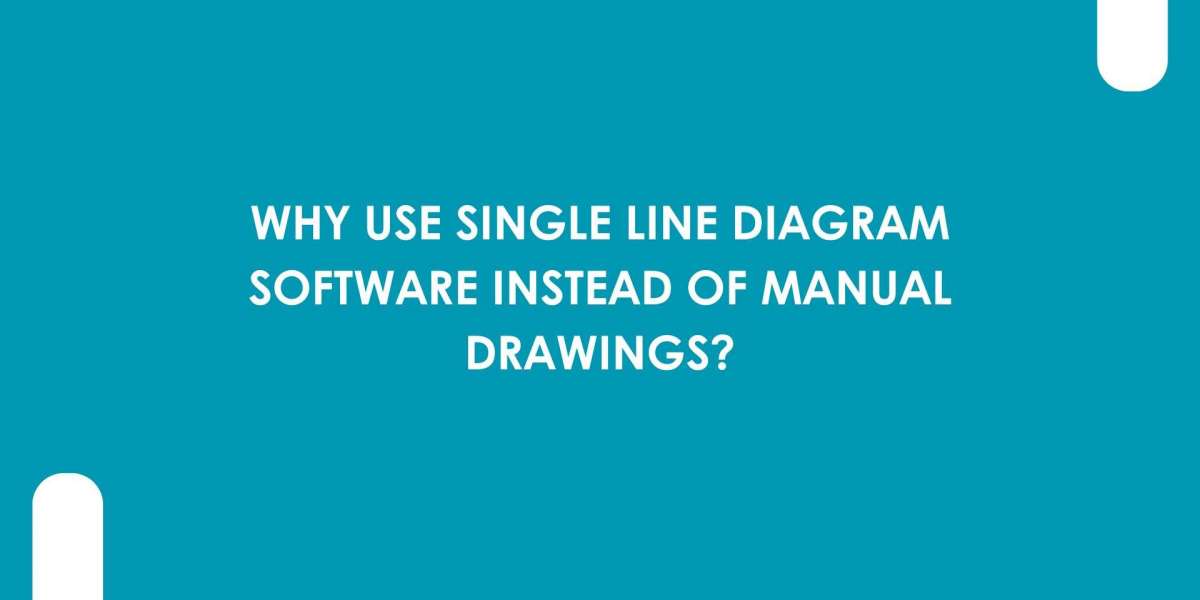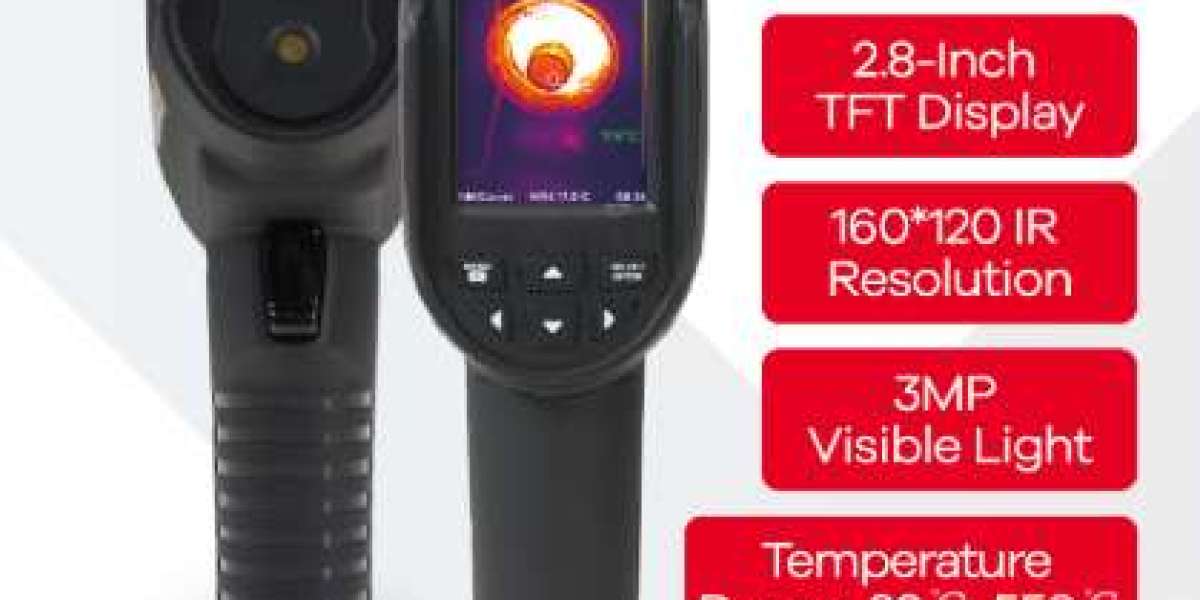In the engineering and AV industries, accuracy and clarity are everything. When it comes to documenting electrical and system layouts, single line diagrams are essential tools that illustrate the power distribution of a system using simplified lines and standardized symbols. Traditionally, many engineers relied on hand-drawn versions of these diagrams to communicate system intent. However, with today’s fast-paced projects, increasing system complexity, and the need for real-time collaboration, manual drawings are no longer enough.
That is where smart platforms like XTEN-AV step in. Known for transforming the way AV and electrical professionals work, XTEN-AV is one of the most powerful AI Schematic Drawing Tools available. It helps users create highly accurate, professional-grade single line diagrams with the speed and precision that modern projects demand.
In this blog, we will explore the limitations of manual drawings and explain why using dedicated single line diagram software is the smarter choice in 2025 and beyond.
What Is a Single Line Diagram?
A single line diagram (also called a one-line diagram) is a simplified schematic representation of an electrical system. Instead of showing every wire and connection, it condenses the system into a single path for each circuit or signal flow. These diagrams are crucial for understanding:
Power distribution across an installation
Equipment like breakers, panels, transformers, and meters
System configuration and fault isolation
AV signal flows and system topology in simplified form
Single line diagrams serve as the foundation for project planning, installation, safety checks, maintenance, and troubleshooting.
The Challenges of Manual Drawings
For years, engineers and AV professionals used paper, pencils, rulers, and CAD tools to manually create single line diagrams. While this method may work for small-scale projects, it presents several challenges as systems grow larger and more complex:
Time-consuming process: Manually drawing and redrawing diagrams takes significant time and effort.
High error risk: Simple mistakes in component placement or connections can lead to major delays.
Difficult revisions: Updating hand-drawn diagrams or static CAD files requires starting over or managing messy markups.
No real-time validation: Manual designs do not catch errors until they are implemented or tested in the field.
Limited collaboration: Sharing paper-based designs with a team can be cumbersome and inefficient.
Inconsistent formatting: Without standardized templates, drawing quality may vary from one designer to another.
With digital transformation reshaping the industry, software-based solutions are becoming essential.
Why Use Single Line Diagram Software?
Here are the key reasons why professionals are switching from manual methods to modern single line diagram software:
1. Speed and Efficiency
Software like XTEN-AV allows users to create complete single line diagrams in a fraction of the time. With drag-and-drop tools, built-in symbol libraries, and automatic formatting, what once took hours can now be done in minutes. Whether you are designing a simple AV setup or a complex electrical system, XTEN-AV eliminates repetitive tasks and accelerates the entire process.
2. AI-Assisted Design
XTEN-AV uses artificial intelligence to enhance the design experience. As one of the most advanced AI Schematic Drawing Tools, it analyzes your diagram as you build it, offering intelligent suggestions for components, routes, and connections. The AI can even auto-fill parts of your design based on templates or previous projects, reducing manual workload and helping prevent common mistakes.
3. Real-Time Error Checking
One of the biggest drawbacks of manual drawing is that errors often go unnoticed until they cause a problem. XTEN-AV solves this by validating your diagram in real time. It checks for missing connections, voltage mismatches, and improper configurations—flagging issues before they escalate into costly field errors.
4. Automated Documentation
XTEN-AV does more than just create a drawing. It automatically generates associated documentation like:
Bills of Materials (BoM)
Cable schedules
Port connection tables
Rack layouts
These documents are synced with your single line diagram, so any changes you make are reflected instantly—saving hours of manual data entry and revision work.
5. Cloud-Based Collaboration
Unlike static hand drawings or desktop CAD files, XTEN-AV is fully cloud-based. This allows teams to access, edit, and comment on diagrams in real time from any location. It’s a game-changer for AV integrators, consultants, and engineers working across different cities or time zones.
With version history, live editing, and secure sharing options, collaboration becomes seamless and efficient.
6. Professional and Standardized Output
Using manual drawings often leads to inconsistent layouts and formatting. With XTEN-AV, every diagram follows industry standards. Components are sized correctly, symbols are universally recognized, and the design has a clean, professional appearance—making it easier for installers, reviewers, and clients to understand.
7. Easy Updates and Revisions
Systems evolve. Equipment changes. Projects get scaled up. With XTEN-AV, updating a single line diagram is as simple as dragging a new device into place or modifying a connection. The software takes care of layout adjustments and document updates automatically.
Gone are the days of redrawing diagrams from scratch just to accommodate a minor change.
8. Scalability for Any Project Size
Whether you are designing a single conference room or a multi-building AV system, XTEN-AV scales with your needs. The software handles complex diagrams with hundreds of nodes just as easily as it does small-scale ones, thanks to its smart design engine and organized workflow.
Example: Manual vs Software-Based Workflow
Let’s say you are tasked with designing a power distribution diagram for an AV system across three floors of an office building.
With manual drawing:
You spend hours sketching components and connections.
Errors are hard to catch until installation.
Updating for scope changes means redrawing everything.
You need separate tools to build BoMs and other documents.
Collaboration is done via email with scanned PDFs.
With XTEN-AV:
You drag and drop components into the software interface.
AI suggests the next steps and ensures correct connections.
Revisions are fast and reflect across all documentation.
Collaboration happens in real time with your team.
You finish the diagram and documentation in a fraction of the time.
Final Thoughts
In an industry where accuracy, speed, and clarity can make or break a project, relying on manual drawings is no longer practical. As AV and electrical systems become more advanced, using intelligent design platforms is no longer a luxury—it is a necessity.
XTEN-AV is leading the future of system design with one of the most powerful AI Schematic Drawing Tools available. It simplifies the process of creating single line diagrams, helps catch errors early, and generates all supporting documentation—making your workflow faster, more reliable, and future-ready.
So if you are still sketching out your diagrams by hand or wrestling with outdated software, now is the time to upgrade. With XTEN-AV, your single line diagrams will not only look better—they will work better too.



